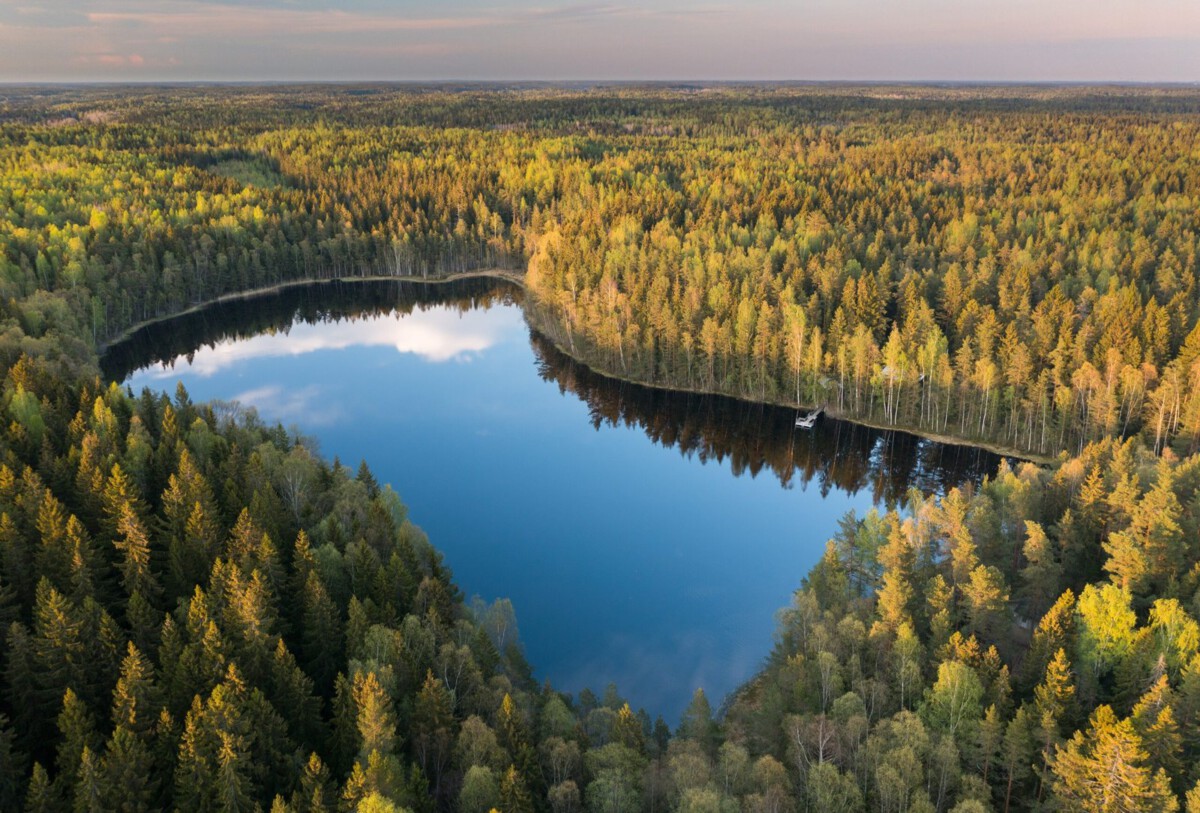Finland: A Model of Clean Water Management

Finland stands as a shining example of how a nation can prioritize water purity and safeguard its natural resources. This northern country is famous for its vast network of more than 188,000 lakes and rivers, which naturally filter and refresh the nation’s water supply. According to the Finnish Ministry of the Environment, over 90% of Finns enjoy access to high-quality drinking water daily. The Finnish government allocates significant funding to advance water treatment technologies and maintain rigorous environmental standards. Industrial waste and agricultural runoff are closely regulated, ensuring that contaminants are kept far from public water sources. Finland’s culture places deep respect on nature, with environmental education embedded in schools and communities. As a result, Finland’s approach blends innovation, strict policy, and public awareness—a combination many countries aspire to emulate.
Sweden: Innovative Water Solutions

Sweden’s reputation for clean water is built on a foundation of innovative thinking and strong environmental policies. The Swedish Environmental Protection Agency highlights that 99% of the population benefits from safe drinking water, a figure that speaks volumes about the nation’s commitment to public health. Swedish cities rely on advanced wastewater treatment plants that use state-of-the-art methods to remove even trace contaminants. Plastic pollution and recycling are high on the national agenda, directly benefiting the purity of lakes and rivers. Authorities conduct frequent water quality checks, quickly responding to any signs of pollution or new threats. This proactive and technology-driven approach ensures that Swedish water remains some of the cleanest on Earth. Everyday Swedes are proud of their rivers and lakes, often boasting that their tap water is as pure as bottled water.
Norway: Natural Resources and Preservation

Norway’s landscape of snow-capped mountains, glaciers, and majestic fjords doesn’t just create postcard-perfect scenery—it’s also the backbone of the country’s clean water supply. Almost every Norwegian has access to safe drinking water, thanks to heavy investment in infrastructure and a national ethos focused on preservation. Statistics Norway reports near-universal access to clean water, a testament to the country’s successful management strategies. Strict pollution controls protect both urban and rural water sources, ensuring that industrial and agricultural activities do not taint the environment. Norway’s fishing industry, a source of national pride, adheres to sustainable practices that keep waterways healthy. The government encourages citizens to view water as a precious resource, not to be wasted or taken for granted. This mix of natural abundance and conscious stewardship keeps Norway’s water among the world’s cleanest.
Switzerland: Rigorous Standards and Quality Control

Switzerland is almost synonymous with purity, and its drinking water is no exception. The Swiss Federal Office for the Environment notes that an impressive 80% of drinking water comes from carefully protected groundwater. Stringent regulations demand regular and detailed testing to ensure contaminants are virtually nonexistent. Public education campaigns teach the value of water conservation and the importance of safeguarding water sources for future generations. Switzerland’s water infrastructure is renowned for its efficiency, ensuring that clean water is delivered reliably to homes and businesses. Municipalities invest in the latest water treatment technologies, constantly raising the bar for water safety. The Swiss model emphasizes quality control and vigilant oversight, making safe, delicious tap water a point of national pride.
Canada: Abundant Freshwater Resources

Canada’s immense geography is dotted with countless lakes and rivers, which together hold about 20% of the planet’s freshwater supply. Environment and Climate Change Canada confirms that more than 90% of Canadians have access to safe, clean drinking water. The government enforces tough pollution controls, particularly in regions with heavy industry or agriculture, to protect these precious resources. Indigenous communities across Canada are increasingly involved in water stewardship, drawing on centuries-old traditions to influence modern policies. Climate change remains a looming threat, prompting new investments in infrastructure and research. Canadians often take pride in the clarity and taste of their water, viewing it as a natural treasure. Ongoing efforts to address emerging contaminants and aging systems show a forward-thinking approach to maintaining water quality for generations to come.
New Zealand: A Commitment to Clean Water

New Zealand’s sparkling lakes and fast-flowing rivers are central to its identity, and the country prioritizes their protection. The Ministry of Health reports that 85% of New Zealanders are served by highly regulated reticulated water systems, which consistently meet strict quality standards. The government continually upgrades water infrastructure and invests in monitoring to stay ahead of potential contamination. Environmental groups and local authorities collaborate on projects to restore riverbanks and wetlands, helping to maintain natural water filtration. Public awareness campaigns stress the importance of reducing pollution at the source, whether in farming, industry, or daily life. New Zealand’s environmental laws are designed to balance economic growth with ecological preservation. The result is a nation where clean water is not just a luxury but a shared responsibility.
India: A Water Crisis Looms

India’s battle with water pollution and scarcity is reaching critical levels, affecting hundreds of millions. The World Health Organization estimates that over 600 million Indians lack reliable access to safe drinking water, a situation that has only grown more urgent in recent years. Rapid urban growth and unchecked industrialization have severely contaminated many rivers, particularly the Ganges, which serves as a lifeline for millions yet is choked with waste. The government has launched high-profile campaigns to clean major waterways, but results are slow due to limited infrastructure and enforcement. Rural and urban communities alike face daily struggles to secure clean water, with health risks mounting as waterborne diseases spread. Experts warn that unless dramatic improvements are made, the country could face even greater humanitarian and economic crises. Despite ongoing initiatives, the sheer scale of India’s water challenge makes progress painfully slow.
Pakistan: Struggling with Water Scarcity

Pakistan’s water scarcity problem is growing more dire each year, with the World Bank noting a staggering 50% decline in per capita water availability over recent decades. Climate change, mismanagement, and outdated infrastructure have combined to leave many communities with unreliable or polluted water sources. Rural areas are particularly hard-hit, where contaminated supplies cause widespread health problems and hinder development. Government efforts to modernize water infrastructure face obstacles such as lack of funding, bureaucratic delays, and political infighting. Water disputes with neighboring countries further complicate resource management, making long-term solutions difficult to achieve. The situation is so serious that water experts describe it as an impending existential threat for the nation. Without urgent reforms, millions more could slip into water insecurity in the near future.
Yemen: A Humanitarian Water Emergency

Yemen’s water crisis has reached a catastrophic scale, intensified by years of conflict and economic collapse. According to recent United Nations figures, more than 20 million Yemenis are now without access to safe drinking water, forcing families to rely on contaminated sources or travel long distances for basic needs. The destruction of water infrastructure has left entire communities vulnerable to waterborne diseases like cholera, which have claimed thousands of lives. International aid groups are racing against the clock to deliver emergency water supplies, but ongoing violence makes sustained solutions nearly impossible. Humanitarian agencies describe the crisis as one of the world’s worst, with children and the elderly especially at risk. The lack of clean water compounds other crises, including food shortages and health system breakdowns, creating a cycle of suffering. The scale and urgency of Yemen’s water emergency serve as a stark reminder of the devastating impact of conflict on basic human needs.





